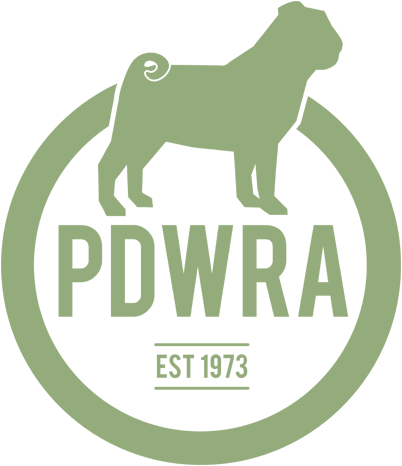
A Message from our Interim Chairman, Kay Greene
Further to joining the trustee team as Interim Chair in mid-April this year, I thought you may find it helpful to have brief update from me about what PDWRA have been achieving these past few months.
One of the most impressive aspects of our charities work which warrants highlighting is the ongoing care, support and love we provide to the owners and foster carers of pugs surrendered to us. Between 1st January – 30th June this year over 220 individual pugs, under our care umbrella, some with us from as far back as 2016, received veterinary care at a cost of just over £110,000. This averages out at circa £500 per pug, however, the reality is one pug’s veterinary care bills alone were as high as £3500. Fundraising to ensure our beloved pugs get the right care, at the right time and in the right place is a key strategic objective for the trustees and will feature in our Charity Development Plan. We also recognise and appreciate the huge amount of support and voluntary funding we receive from our loyal supporters as well as the amazing efforts of the PDWRA’s Mega Auction Facebook fundraising group – on behalf of all our pugs helped, thank you all.
Fundamental to ensuring the charities ongoing success is our highly valued volunteer team – roles ranging from transporting, home checking, foster care and area co-ordination are some of the essential roles we have well established. We have undertaken our first satisfaction survey with our area coordinating team and we are now working together to agree an action plan on areas they have highlighted where we could improve our operational approaches. One example of an improvement has been the introduction of a pre-paid payment card enabling the immediate veterinary bills ultimately reducing invoice flow and time spent by our treasurer etc.
We are delighted with the interest we have received in becoming a Volunteer Area Coordinator with us, this will help us in our structured, considered phased re-opening of areas to surrender pugs as regrettably due to insufficient volunteer resources we had to temporarily suspend our operational activities – with exception for extreme welfare emergencies. We would like to take this opportunity to thank the charities with similar objects to ours for their ongoing support in accepting pugs in need of surrender during this time. We are also extremely pleased with the offers of voluntary help from a range of veterinary professionals received. We are looking to develop a new framework for how our veterinary advice and support will be available for our Volunteer Area Coordinators as we say farewell and sincere thanks to Volunteer Veterinary Advisor Helen McKee after many years of dedication and commitment – more about Helen features later.
Another aspect of work the charity has been doing is to engage an animal welfare specialist law team to ensure our approaches (e.g. transporting) and documentation (e.g. adoption form) are operating within legal frameworks – at present there are varying laws in the countries we cover and the charity trustees need to consider the implications of such variances and how we ensure we remain within the necessary legal parameters for all our operations.
The review of the charity’s status within the Charities Commission domain is also a key strategic objective, the charities objects and operating framework have not been assessed since 2014. Again, the charity is using animal welfare specialist law team to ensure the charity is compliant with the legal processes necessary to move into a more contemporary operating framework. You can hear more about this, and all our accomplishments at our forthcoming AGM scheduled to be held virtually at 7pm, October 15th – we would love to see as many of our followers as possible! More details about the AGM are featured later on and will also be available via our website and social media platforms.

